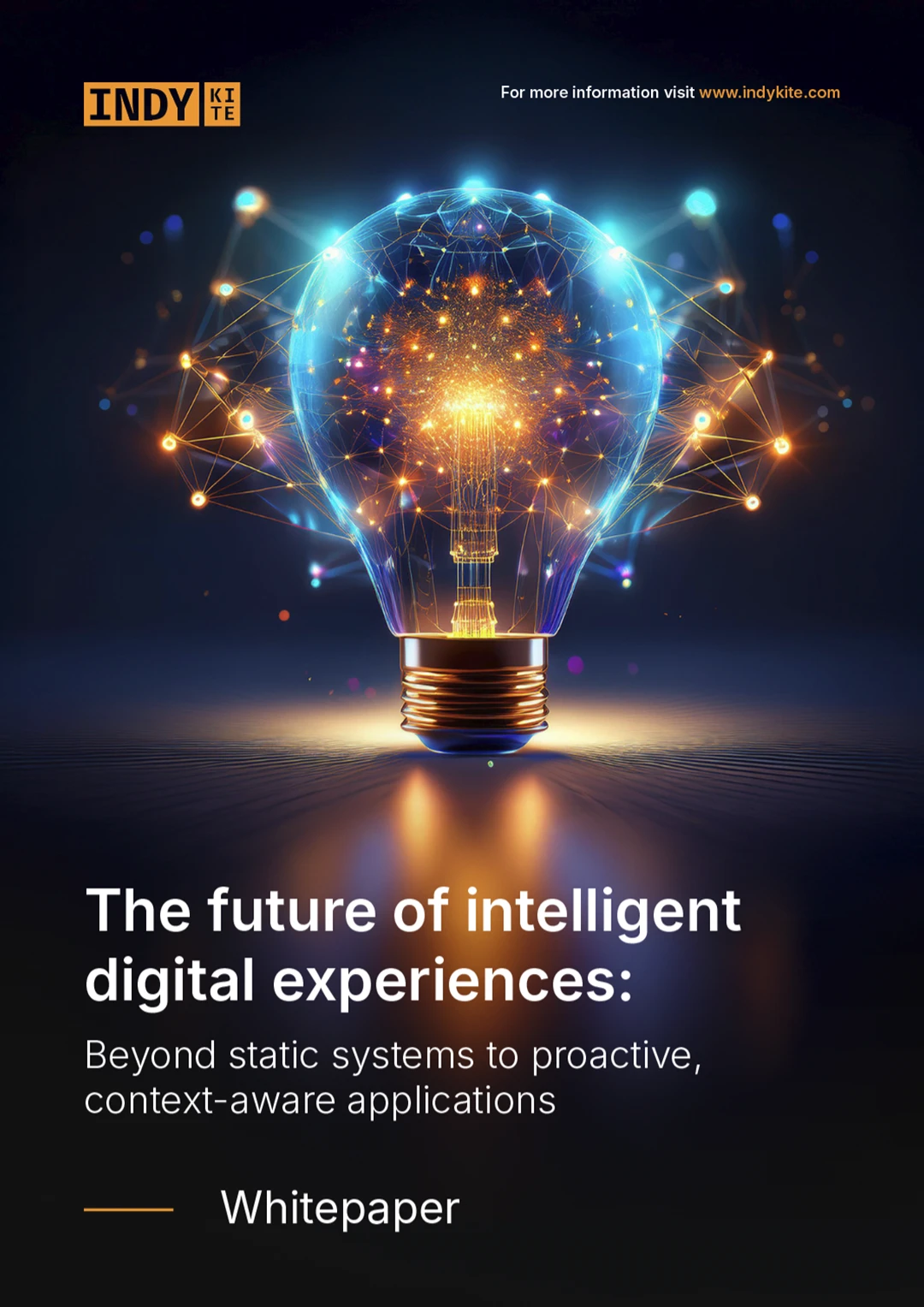Every application and customer facing service requires a Customer Identity and Access (CIAM) solution to enable secure onboarding and effective use.
The issuance of unique credentials, access controls and identity workflows (such as signup and authentication) are well established and the race is on for lowest friction.
What is less established, is what happens after customers are onboarded. As the customer traverses through your portfolio of services and applications, each interaction is facilitated in some way by your underlying CIAM system. Everything from how identity data is used by applications to authorization and payment facilitation is managed to some extent by the CIAM system. If you set it up strategically, you can unlock opportunities to drive value for your business.
This is the hidden power of a connected data driven CIAM and a gold mine for companies that understand this opportunity.
So how to get there? Here are five key factors to elevate your CIAM towards generating value for your business.
1. Secure and private
Ensuring a secure and private interaction for your customers is a table-stake. Without a doubt, an identity-first security strategy is critical to ensuring the protection of your systems and data, especially as identity remains the primary attack vector for cybercrime and has become the new perimeter to secure.
Signal to your customers that security is not an afterthought by requiring all users to be authenticated, authorized and continuously validated without compromising on the customer experience. By using secure workflows from the start you ensure the security of your data and protect the privacy of your customers.
Take it further by offering your customers the opportunity to choose when to share their data, i.e. when it offers a clear benefit to them, enabling you to personalize services and enhance their experience. This meets the duality of the customer’s desire: frictionless and personalized interaction, that is secure and private.
2. Frictionless and great user experience
Everyone wants to limit friction and enhance customer experience, and there are many ways to achieve this.
If we view the customer holistically, every touchpoint they have, their connections to loyalty programs, other customers, store locations, partner loyalty programs etc, we can identify points of friction and limit the number of times they are asked for credentials, permission, authorizations, etc.
By connecting identity data with contextual data, we can delight the customer with frictionless, fast experiences, and far more choice for how they would like to shop.
Further, with a modern CIAM solution you can create user journeys that are personalized for the user’s real world. This might be automatic free parking (based on their drivers license and loyalty membership) or even third party payment authorization so the user can authorize their partner or child to make small purchases (via their preferred payment method and loyalty app).
3. Scalability
One of the challenges in legacy CIAM solutions is deploying authorization policies that are granular enough to cater for a wide user base, with transactional level and data level access controls. To get around this, developers have often built DIY architecture on top of the IAM platform which creates huge challenges for scalability.
Ideally, your CIAM solution should scale indefinitely with your user base and not create messy architecture as it does so. Further, your CIAM solution should function dynamically and in real time so there is no latency during onboarding or authorization workflows.
A connected data driven CIAM solution stands out from traditional solutions as they allow you to adjust the policies and schemas as you grow, without breaking anything.
4. Easy integration
Your CIAM solution should fit easily into your existing stack and connect to relevant systems. When seeking a CIAM solution, there are often a number of IAM and IDP systems already in place and ripping them out would be expensive and time consuming. Finding a CIAM solution that can connect to existing systems and leverage the data those systems hold, is a much more effective choice. By doing so, you also extend the investment in your existing technology.
Modern CIAM solutions connect to your digital experience platforms via APIs, offer simple onboarding of data and employ a powerful ingest engine for relevant data sets. This means a fast and effective implementation, getting you up and running in a matter of days, not months.
5. Identity data utility
Identity data is incredibly valuable and is often thought of as unusable due to privacy restraints. Certain data is definitely not suitable for utility, however much of the semantic and contextualized data is and holds the potential to generate significant value when leveraged in the right way. Many businesses know they are sitting on value data but lack the tools to put it to use.
A CIAM platform that is driven by a connected graph data model, captures and enriches data in a knowledge graph. This data is available to be queried in real time by your applications to enhance services, deliver personalizations and recommendations and even develop new services.
Implementing these five keys will not ensure great customer experience, but will also open opportunities for you to gain further value from your CIAM solution.
Want to learn more? Check out our webinar on Identity Knowledge in Action, Utility Across the Value Chain.
Or get in touch with one of our CIAM specialists.


















